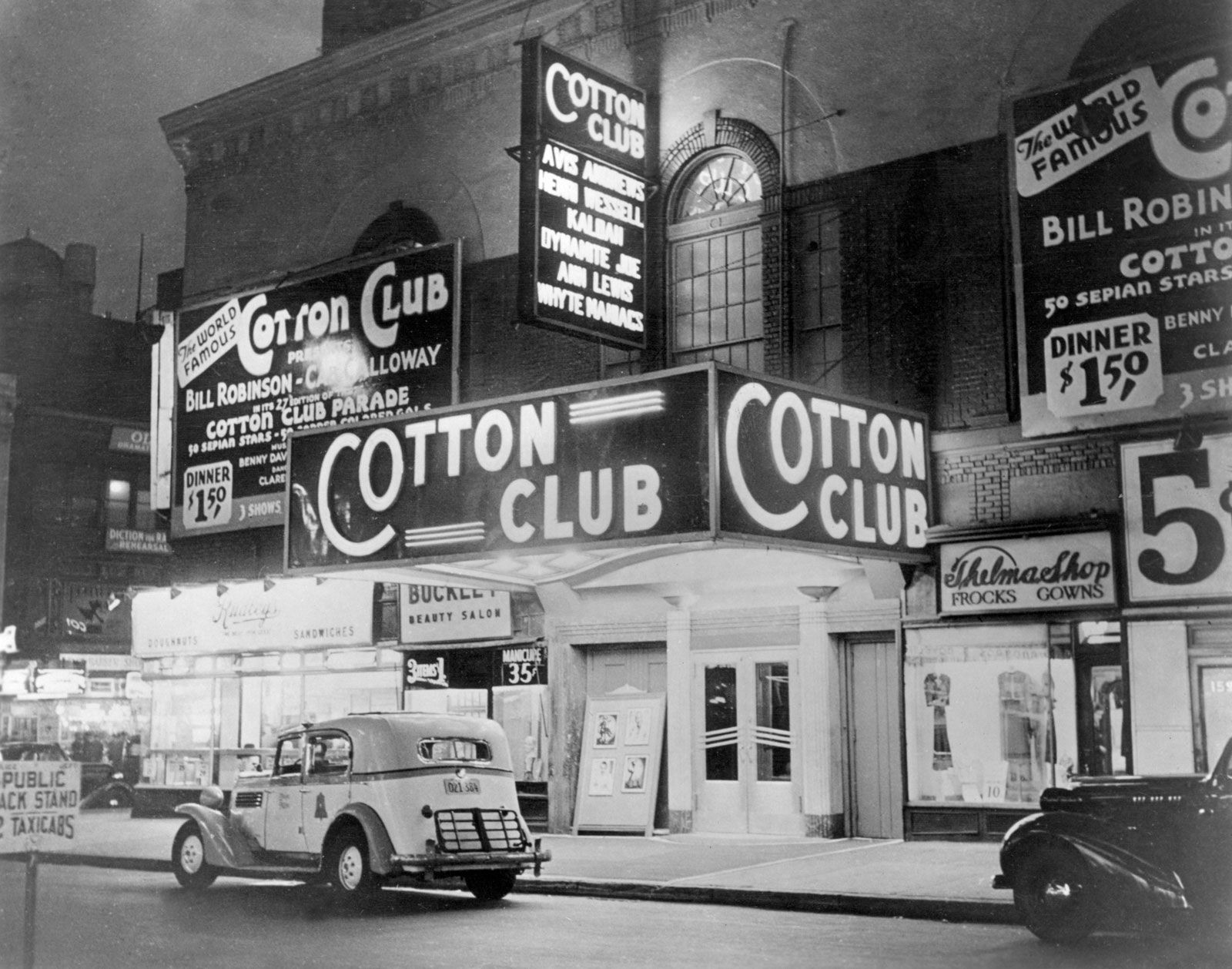Harlem, a name synonymous with rich culture, pivotal historical movements, and a unique New York City experience, often sparks the fundamental question: Where Is Harlem exactly? This iconic district, nestled in the northern reaches of Manhattan, doesn’t have sharply defined borders, contributing to a somewhat fluid understanding of its location. However, we can pinpoint Harlem’s general vicinity and delve into its fascinating evolution.
Generally speaking, Harlem occupies a significant portion of northern Manhattan. To provide a clearer “where is Harlem” answer, we can delineate its approximate boundaries:
- Northern Border: Around 155th Street marks Harlem’s northern edge.
- Eastern Border: The East and Harlem Rivers form the natural boundary to the east.
- Southern Border: The southern boundary is less definitive, often considered to be around 96th Street east of Central Park, and 110th Street and Cathedral Parkway to the north and west of Central Park.
- Western Border: Amsterdam Avenue generally outlines Harlem’s western limits.
It’s important to note that these are considered general boundaries, and the perception of where Harlem begins and ends can vary among New Yorkers. Neighborhoods in NYC often blend into one another, and Harlem is no exception.
But understanding “where is Harlem” goes beyond just geographical coordinates. Its identity is deeply intertwined with its history, transforming from a Dutch settlement to a world-renowned cultural hub.
The story of Harlem begins in 1658 when Peter Stuyvesant, the Dutch governor of New Netherland, established Nieuw Haarlem. This settlement was named after the city of Haarlem in the Netherlands, laying the foundation for the name we know today. For many years, Harlem remained a largely agrarian and pastoral area.
During the American Revolution, Harlem played a strategic role. George Washington, during his retreat from Long Island, strategically regrouped his Continental Army forces and engaged the British in the Battle of Harlem Heights on September 16, 1776. This battle, fought just west of modern Harlem between 103rd and 120th streets, was a crucial delaying action in the early stages of the war.
Through the 18th century, Harlem maintained its rural character. However, the 19th century witnessed a significant transformation. It gradually evolved into a fashionable residential district, attracting wealthier New Yorkers who built summer retreats and elegant homes. The building boom of the 1880s brought apartment houses, further changing the landscape of Harlem.
A pivotal shift occurred in the late 19th and early 20th centuries. The panic of 1893 led to high vacancy rates, prompting property owners to rent to Black residents, particularly along Lenox Avenue. This marked the beginning of Harlem’s transformation into a major Black residential and commercial area. By World War I, a significant portion of Harlem was firmly established as the center of Black life in New York City. The iconic 125th Street emerged as the chief artery of Black Harlem, earning the popular nickname “the Main Stem.”
 The Cotton Club Harlem New York City 1930
The Cotton Club Harlem New York City 1930
The post-World War I era saw Harlem reach another cultural peak with the Harlem Renaissance. This creative and intellectual movement flourished, becoming a landmark period in African American literature and art. Leading figures like poets Countee Cullen, James Weldon Johnson, Alain Locke, and Claude McKay spearheaded this “new realism,” exploring Black identity and experiences through various art forms. Alain Locke’s anthology The New Negro (1925) became a defining work of this era. Venues like The Cotton Club became legendary, showcasing Black artists and musicians and solidifying Harlem’s place on the global cultural map.
However, the 20th century also brought challenges to Harlem. Residential overcrowding, due to limited housing options as surrounding neighborhoods resisted the growth of the Black population, became a significant issue. Aging buildings suffered from neglect and abandonment, contributing to deterioration. Economic hardships, including high unemployment, further exacerbated these problems.
Despite these challenges, community organizations and city initiatives have worked to revitalize Harlem. Public housing projects, improvements in community schools, and enhanced medical facilities have been crucial developments in addressing social and economic issues.
Demographically, Harlem has also undergone significant shifts. While often used as a synonym for New York’s Black community, this has become less accurate over time. By the 1970s, the Black population expanded beyond Harlem to other parts of Manhattan, the Bronx, and Brooklyn. In the early 21st century, Black residents constituted around 40 percent of Harlem’s population. Gentrification and new immigration waves have further diversified Harlem’s demographics.
Historically, eastern Harlem along Park Avenue was a major center for New York City’s Puerto Rican population, often referred to as “Spanish Harlem.” However, by 2010, the Hispanic community became more concentrated in central Harlem, while east Harlem’s population declined from its mid-20th century peak. Interestingly, the late 2000s also saw an increase in the white non-Hispanic population in Harlem, reaching levels not seen since the 1940s. “Italian Harlem,” a remnant of earlier integration, still exists as a small enclave along First and Pleasant Avenues, centered around 116th Street.
In conclusion, “where is Harlem?” is a question that leads to a multifaceted answer. Geographically, it’s in northern Manhattan, bordered by specific streets and rivers. Historically and culturally, Harlem is a dynamic neighborhood that has played a pivotal role in shaping New York City and American culture, experiencing constant evolution and change while retaining its unique and vibrant spirit.
